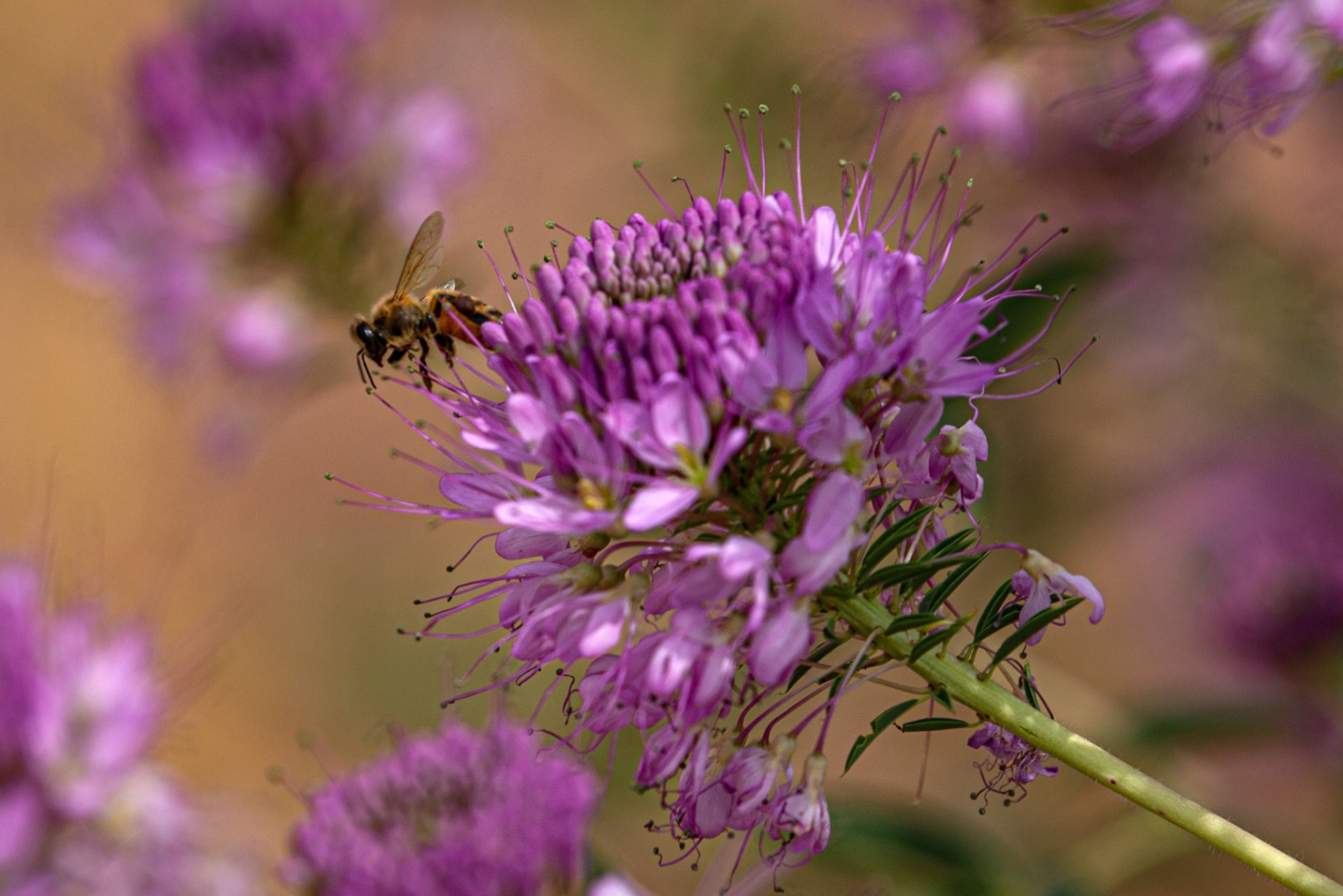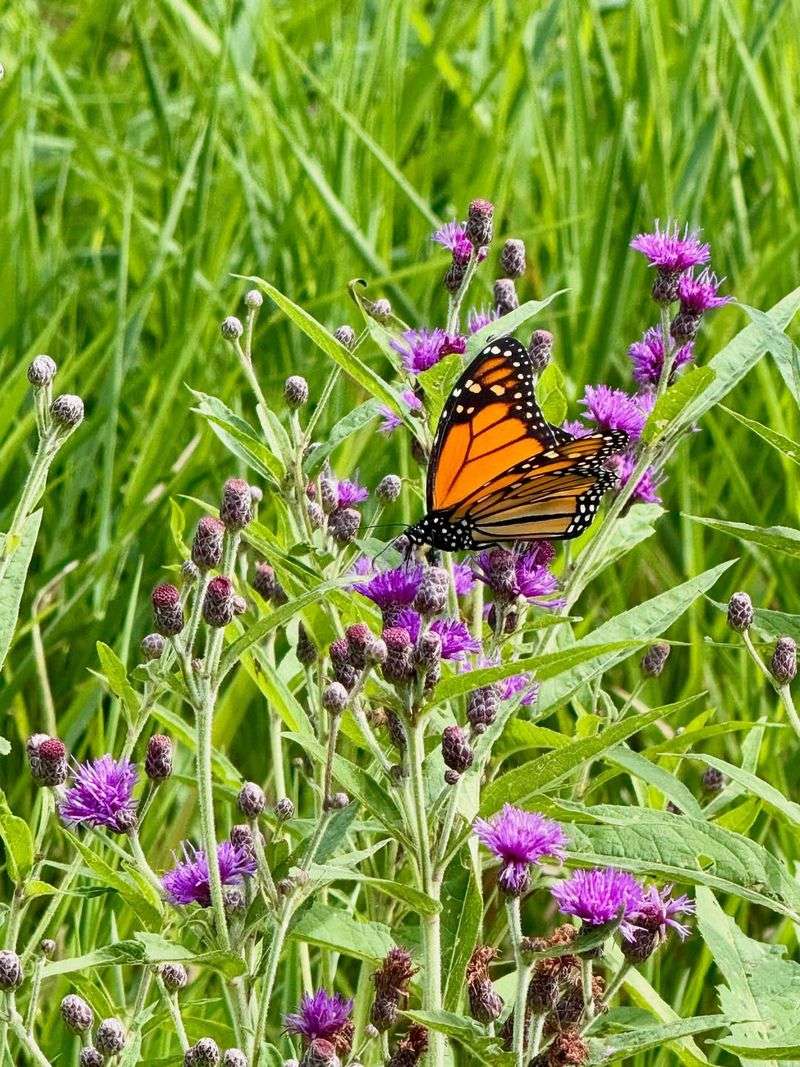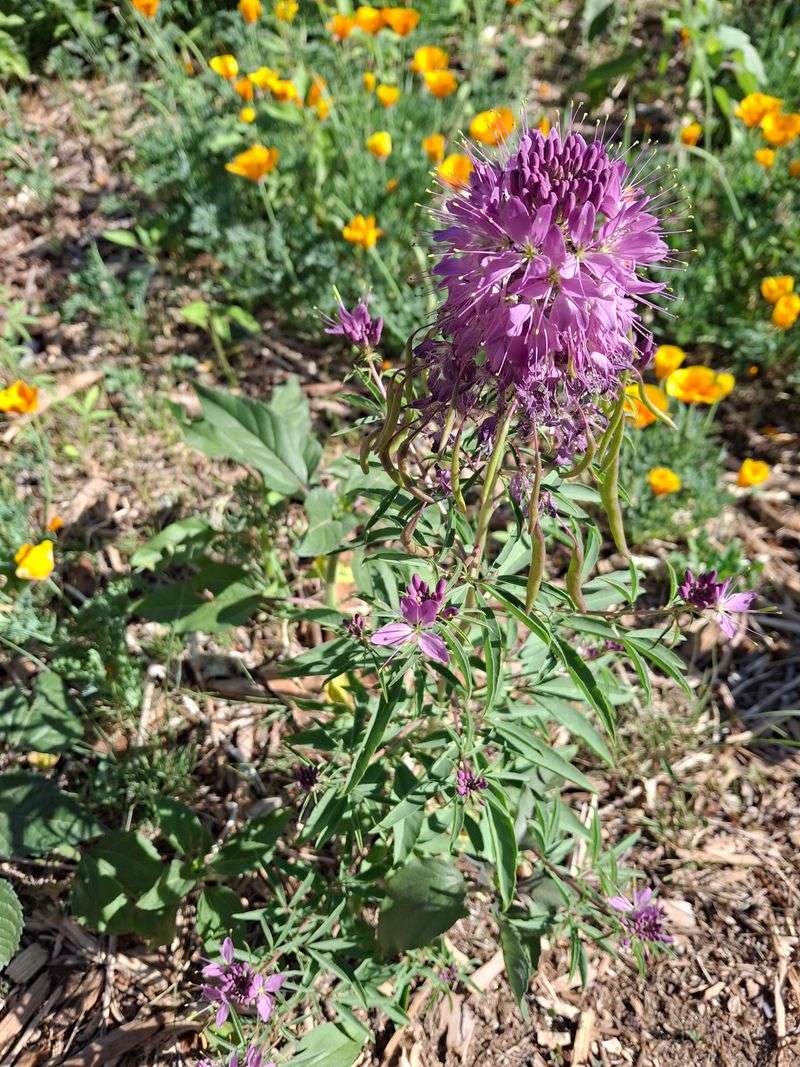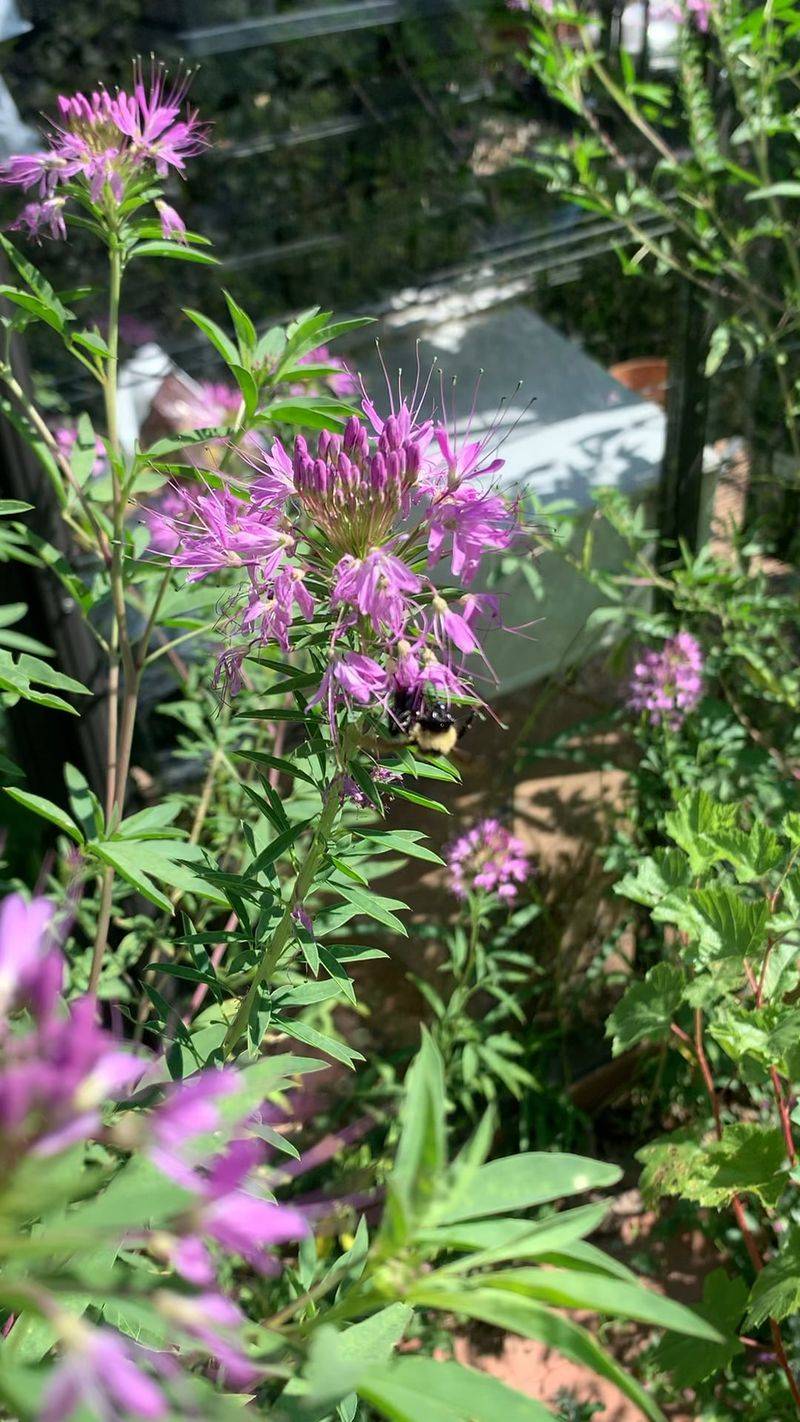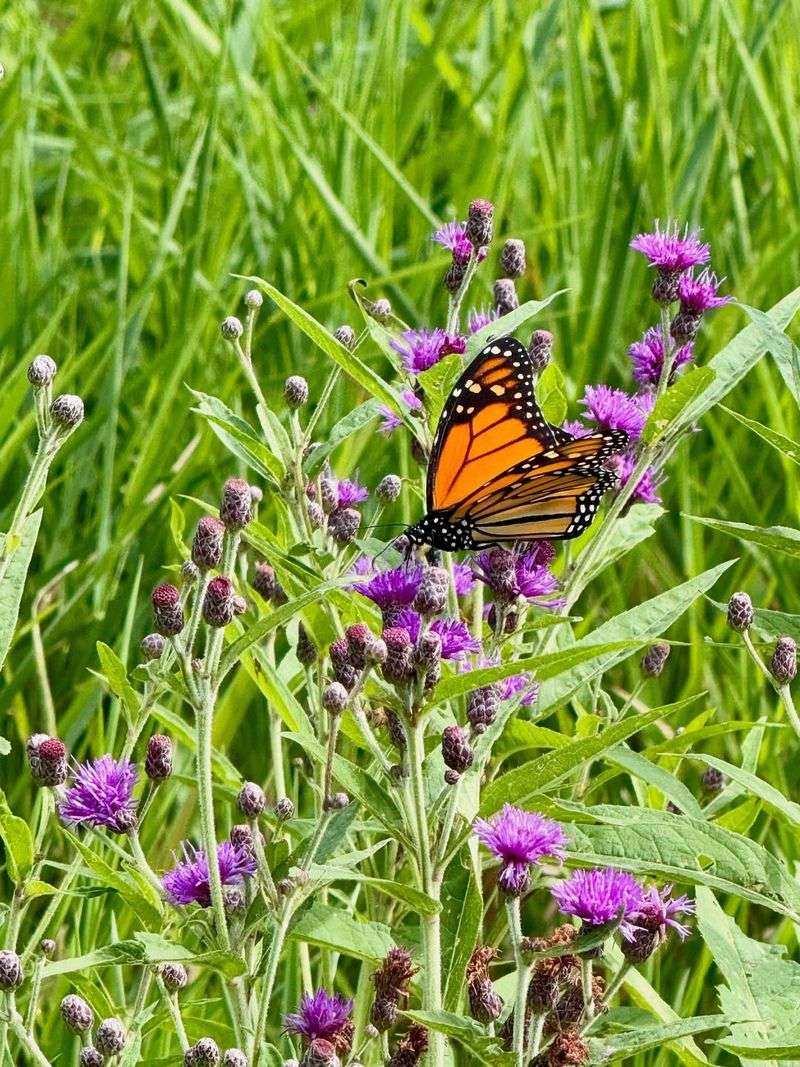Colorado gardens are buzzing this year, thanks to the Rocky Mountain bee plant. These tall, pink-flowered natives are drawing in pollinators like never before.
Bees seem to flock to them, and gardeners are taking notice. It’s not just the color—it’s the nectar-rich blooms and long flowering season that make them irresistible.
I’ve seen these plants turn quiet corners into lively pollinator hubs. If you’re aiming for a bee-friendly garden, understanding what makes them so magnetic is a great place to start.
1. Nectar Production Peaks During Summer Heat
When temperatures climb in Colorado, this native plant kicks into high gear with nectar production. Bees need reliable food sources during hot months, and Rocky Mountain bee plant delivers exactly that.
The flowers produce sweet nectar throughout the day, giving pollinators constant access to energy. Many other plants slow down their nectar flow when it gets too warm, but this tough native thrives in heat.
Your garden becomes a dependable refueling station for hardworking bees all summer long.
2. Long Blooming Period Extends Food Availability
Starting in June and stretching well into September, these plants keep producing fresh flowers for months. Bees face food shortages when early bloomers fade, so having a plant that flowers this long makes a huge difference.
Each flower cluster opens gradually, ensuring there’s always something fresh for visiting insects. Colorado gardeners appreciate plants that work hard without much fuss.
This extended bloom time means your yard supports bees from early summer through the first frost.
3. Native Plant Recognition Draws Local Bee Species
Bees have evolved alongside native plants for thousands of years, creating natural partnerships. Rocky Mountain bee plant speaks the language that local pollinators understand best.
Native bees in Colorado recognize the flower shape, scent, and color patterns instantly. They’ve learned through generations that this plant offers reliable rewards for their efforts.
Planting natives creates an instinctive attraction that exotic species simply can’t match, bringing more diverse bee populations to your garden.
4. Flower Structure Provides Easy Landing Platforms
The clustered flower heads create perfect landing pads for bees of all sizes. From tiny sweat bees to hefty bumblebees, everyone finds a comfortable spot to work.
Each individual flower within the cluster opens wide, making nectar and pollen easily accessible. Bees don’t waste energy struggling to reach food, which means they visit more often and stay longer.
Gardens in Colorado benefit when plants make pollinator work efficient and rewarding.
5. Drought Tolerance Means Consistent Blooms This Year
Colorado’s unpredictable rainfall this season has stressed many garden plants, but Rocky Mountain bee plant handles dry spells like a champion. Deep roots tap into moisture that shallow-rooted flowers can’t reach.
While other nectar sources wilt and stop blooming, this native keeps producing flowers even when water is scarce. Bees remember which plants stay reliable during tough conditions.
Your garden becomes the neighborhood oasis when everything else is struggling.
6. High Pollen Production Feeds Growing Colonies
Beyond nectar, bees need protein-rich pollen to feed their young and keep colonies healthy. Each flower produces abundant pollen that bees can easily collect and pack into leg baskets.
This season’s strong bee activity reflects healthy colony growth, and that requires serious pollen resources. Rocky Mountain bee plant delivers both quantity and quality, making it a complete food source.
Colorado gardeners who plant it support not just adult bees but entire future generations.
7. Pink Color Stands Out In Mountain Landscapes
Bees see colors differently than humans, and the pinkish-purple hue of these flowers practically glows in their vision. Against Colorado’s brown grasses and green shrubs, these blooms create unmissable beacons.
The tall flower spikes rise above surrounding vegetation, making them visible from far away. Foraging bees can spot potential food sources from impressive distances when colors contrast sharply with the background.
Your garden becomes a landmark that guides pollinators straight to your plants.
8. Fragrance Signals Attract Bees From Greater Distances
The subtle sweet scent these flowers release travels on Colorado’s breezes, advertising their presence to bees cruising for food. Scent works as a long-range signal that visual cues alone can’t provide.
On warm afternoons, the fragrance intensifies, perfectly timed with peak bee activity hours. Pollinators follow scent trails like a map leading them straight to your garden.
Planting several together creates a stronger scent signal that draws even more visitors throughout the day.

